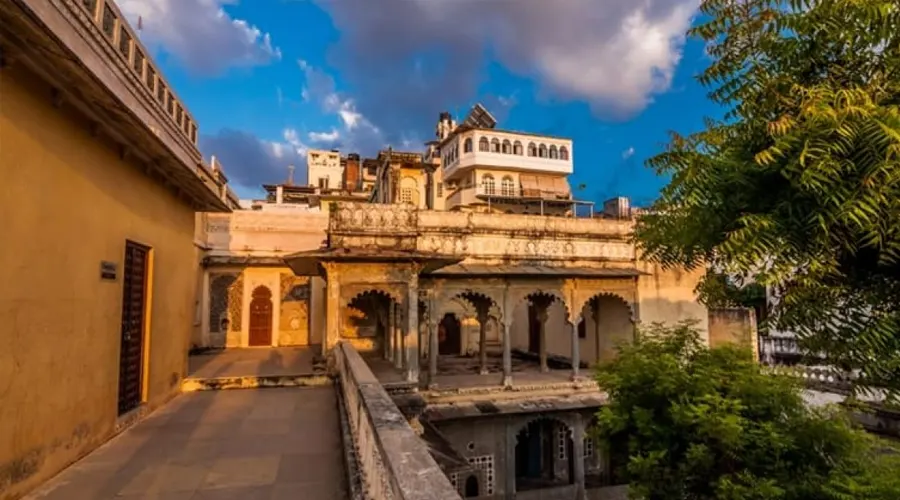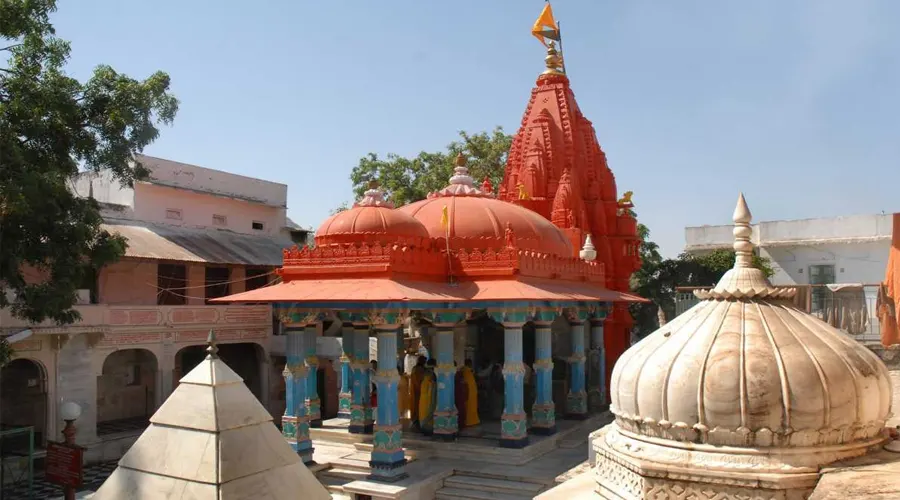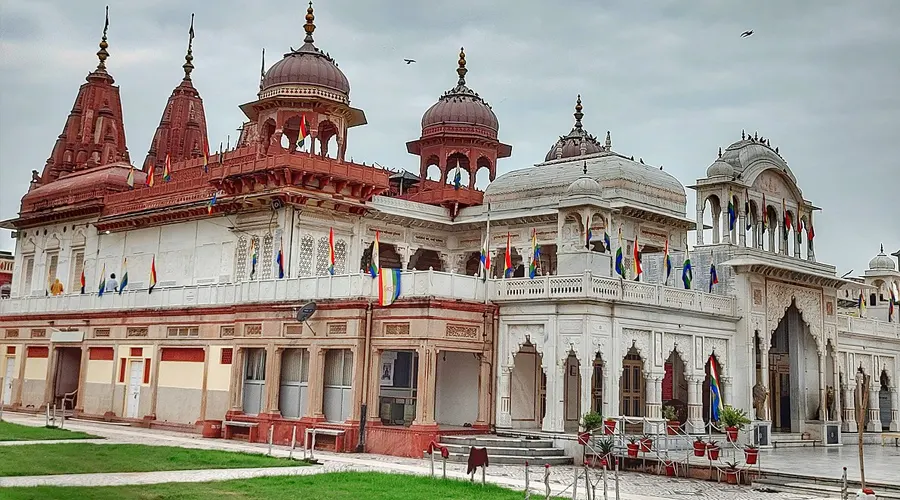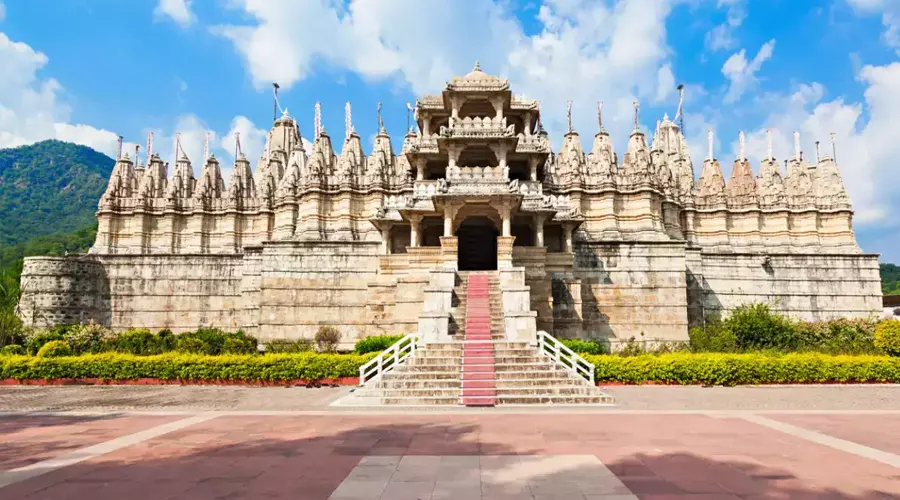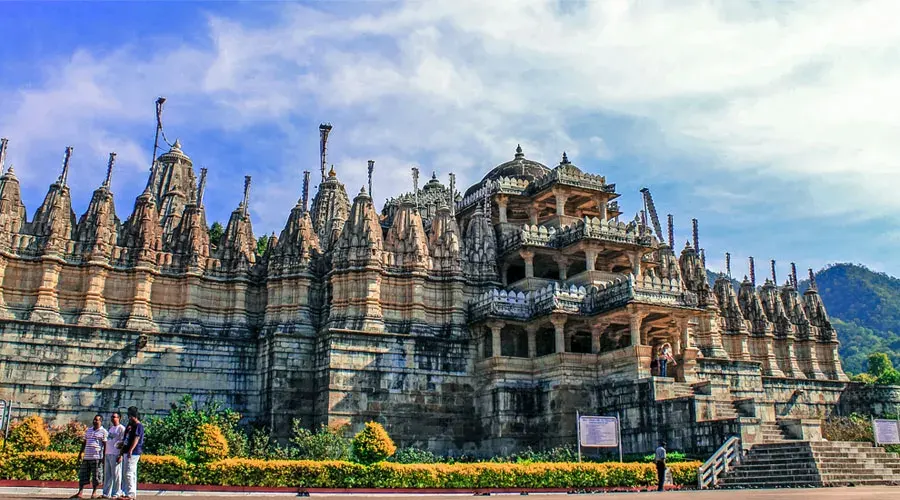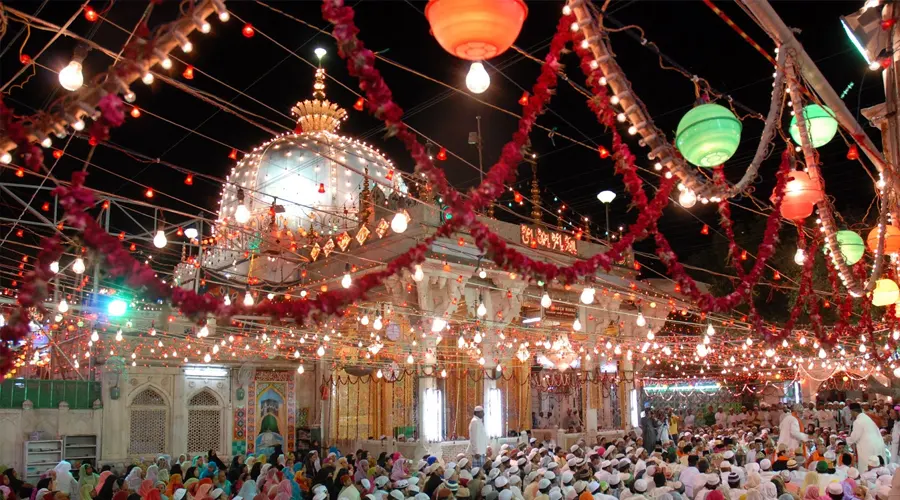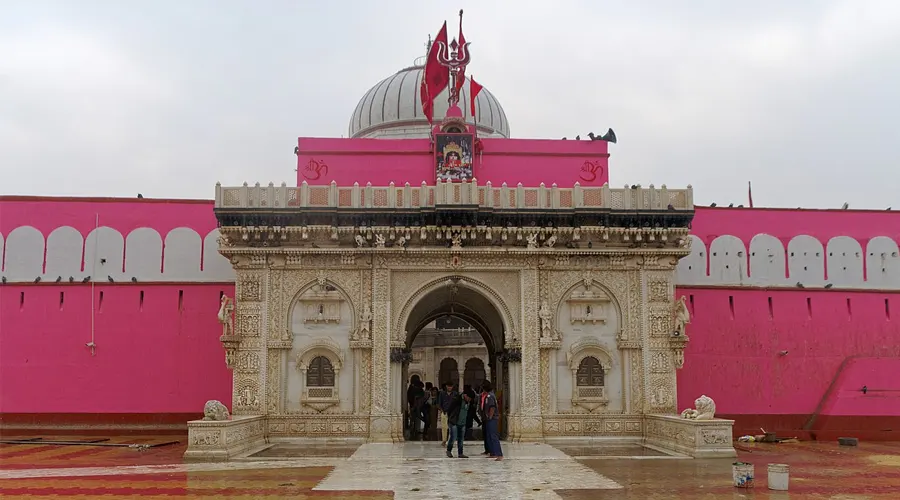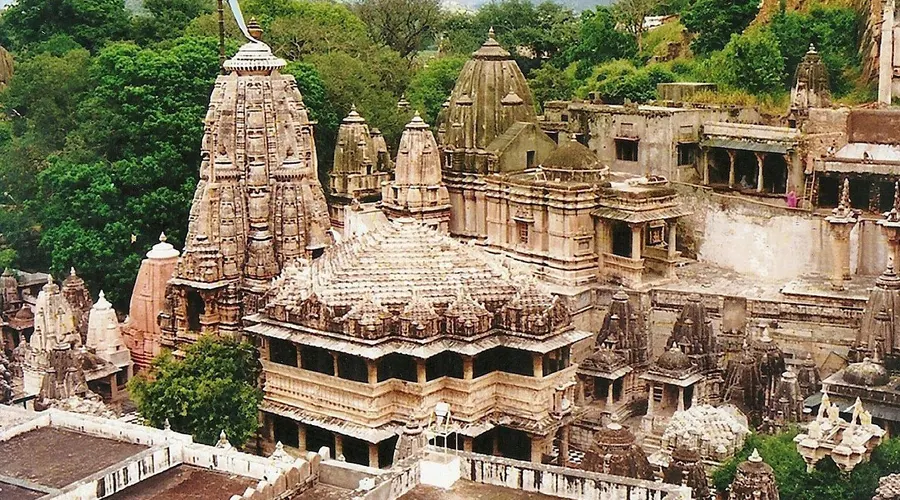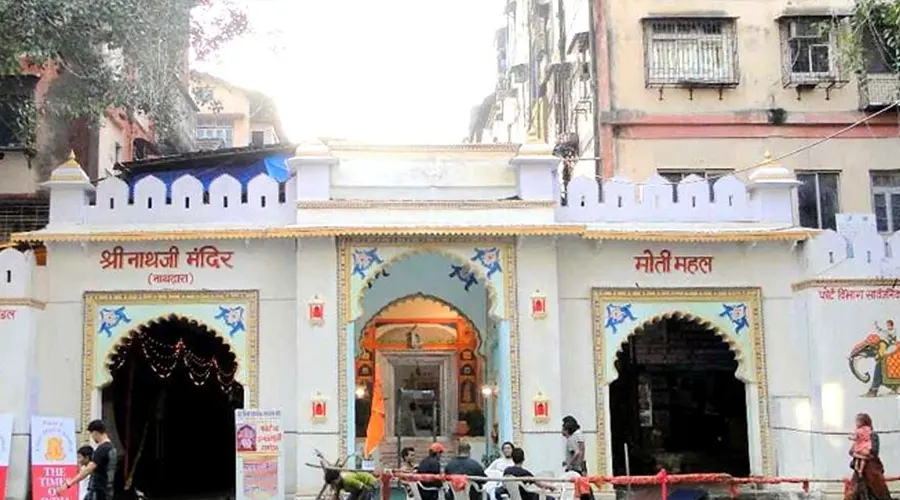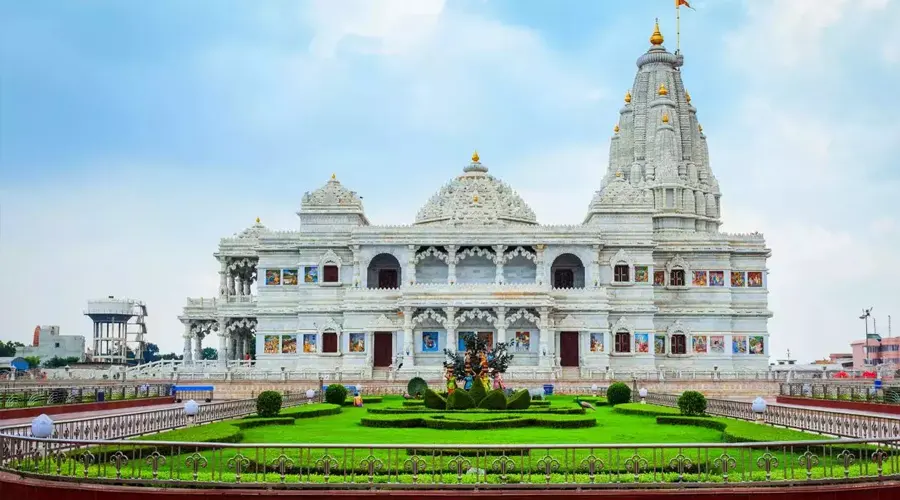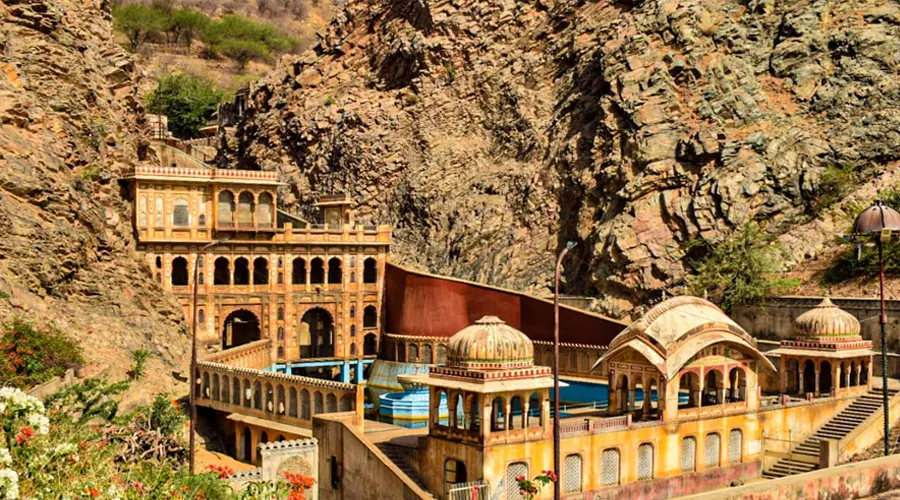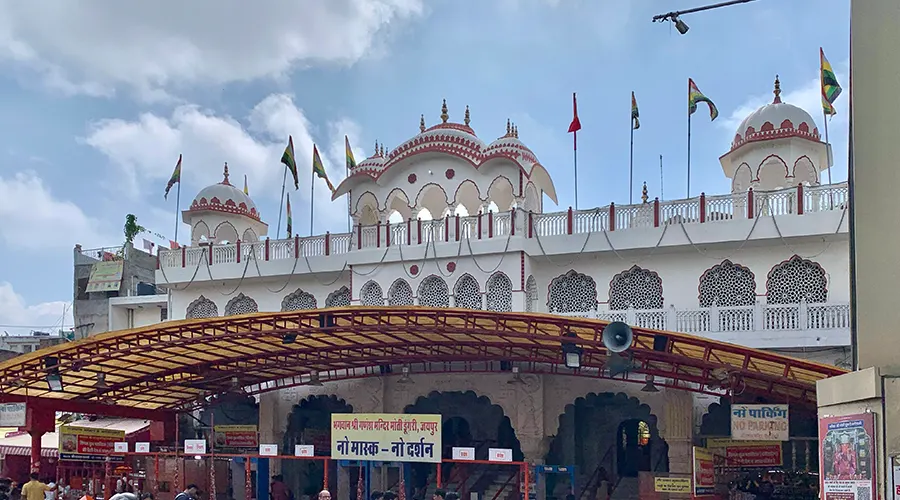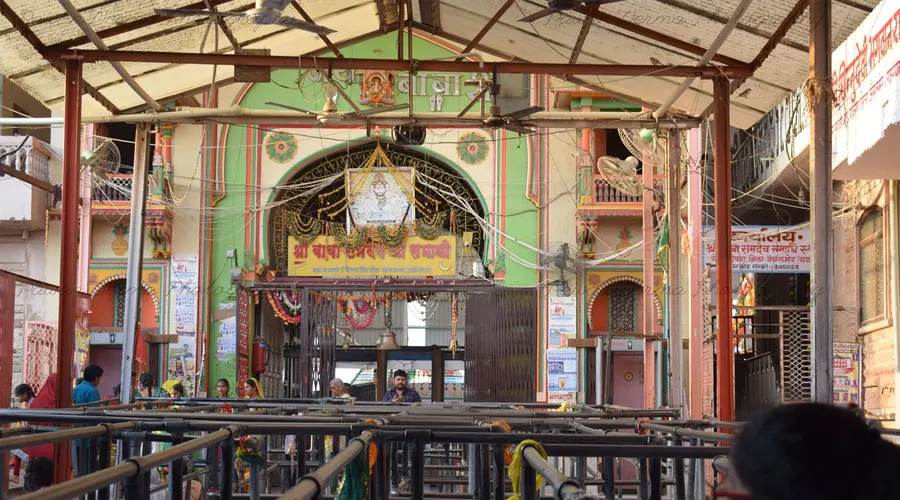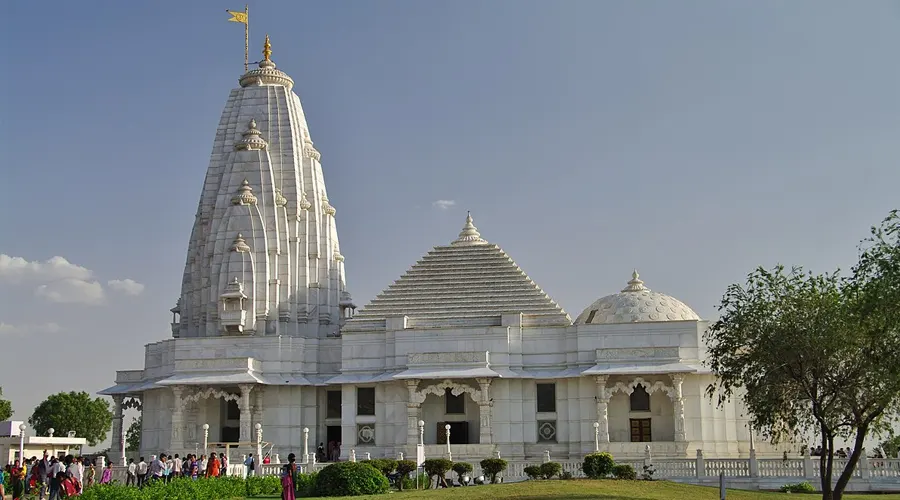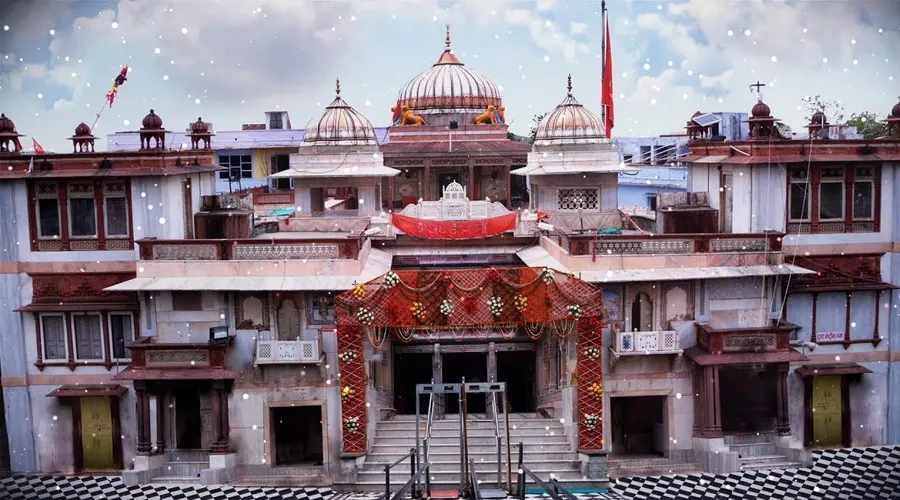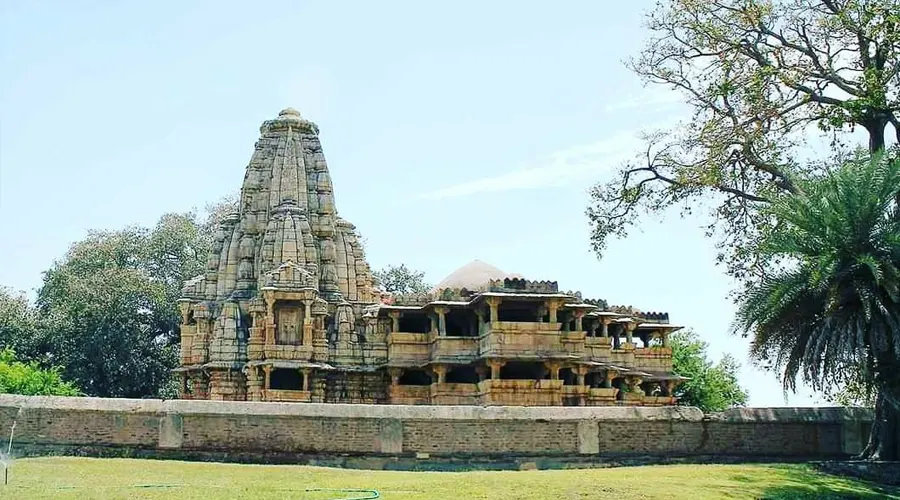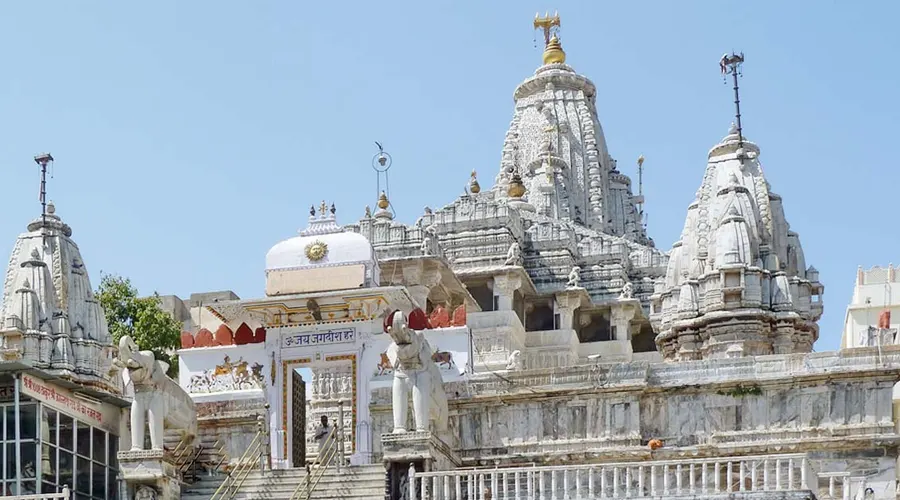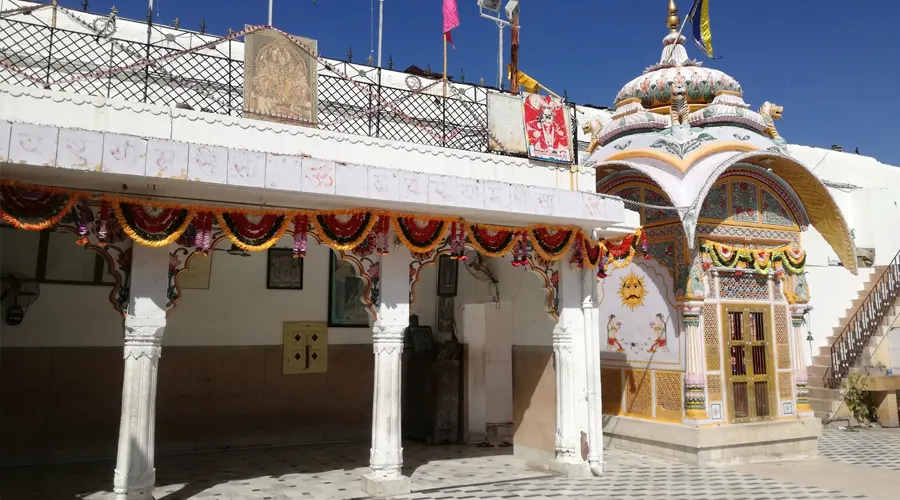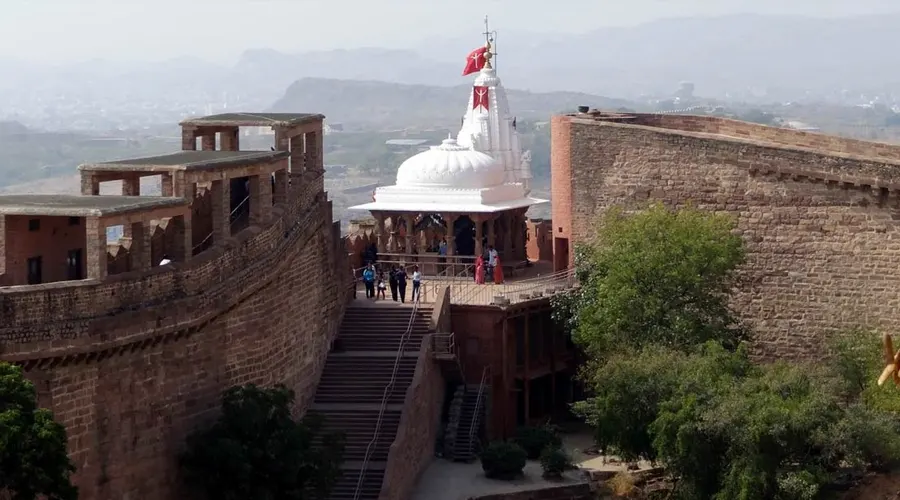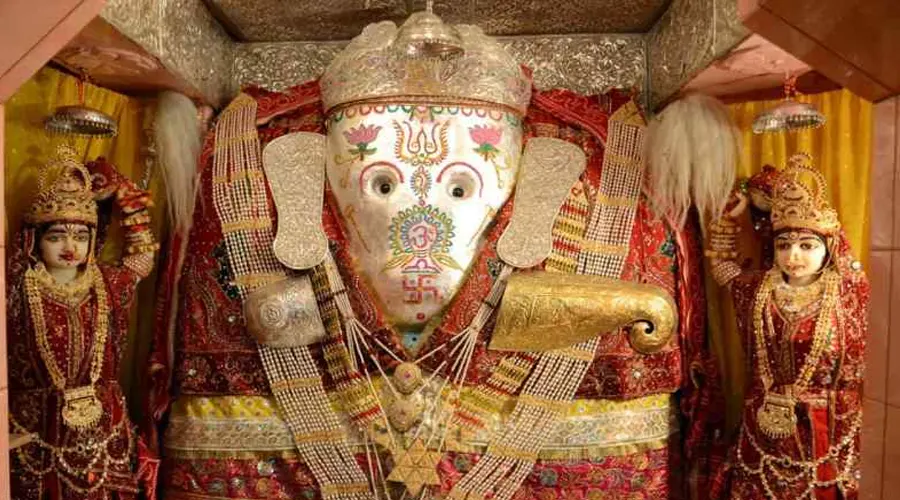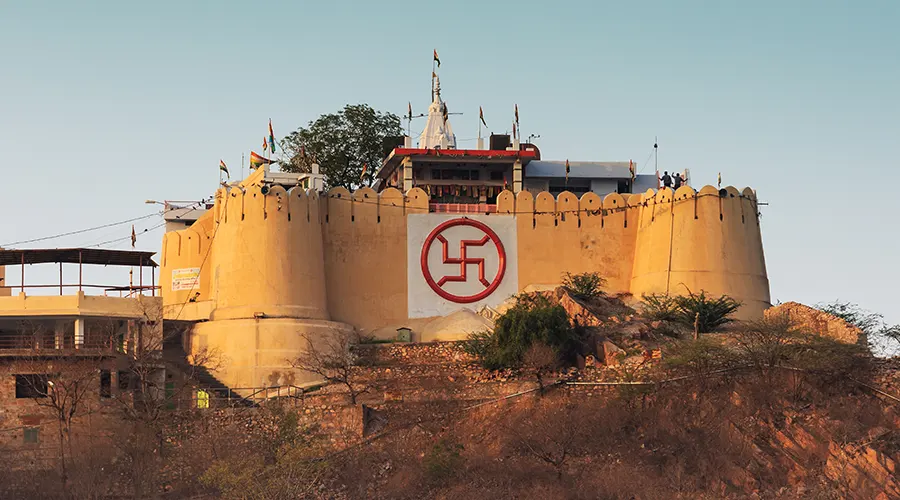Bagore Ki Haveli
Situated in the Gangaur Ghat Marg of Udaipur in the state of Rajasthan, Bagore ki Haveli is an opulent gracious palace that was built in the eighteenth century on the waterfront of Lake Pichola. Boasting over a hundred rooms that have elaborate exhibits done up in mirror and glass works, the haveli was built by the Prime Minister of Mewar Kingdom- Amar Chand Badwa.
Beautiful paintings and murals from the Mewar era adorn the walls of the palace; the Queen’s Chamber is the most popular of the lot which has on display two very gorgeous glass and mirror sculptures of peacocks. Restored and renovated time and again, the haveli has been finally converted into a museum that is thronged by not just regular tourists but also history buffs and culture explorers. The highlight of the haveli is the popular Dharohar Dance Show that is held here every evening which showcases the culture and folk tradition of Rajasthan.
History of Bagore Ki Haveli
Bagore ki Haveli was built by Amar Chand Badwa, who was the gallant and anointed Prime Minister of the Mewar kingdom during the rule of Maharanas Pratap Singh II, Raj Singh II, Ari Singh, and Hamir Singh for a long term between 1751 to 1778. After the death of Amar Chand Badwa, the haveli was passed on to the Mewar rulers who continued extending the architecture, design, and area of the haveli.
After almost a hundred years in 1878, the haveli was passed on to Maharaja Shakti Singh of Bagore who is credited with getting the gorgeous triple archway constructed. After the construction of the archway, the haveli came to be officially known as ‘Bagore ki Haveli’.
Up until 1947, the haveli was possessed by the Mewars but after independence, the building fell into the hands of the Rajasthan government who used it to house government officials. After neglect and degradation of the haveli for almost 40 years, the government decided to hand it over to the West Zone Cultural Centre for restoration purposes.
It was after this handover that the haveli was converted into a museum. However, the original royal and grandiose look of the haveli was retained as was the gorgeous architecture and beautiful designs. For the same purpose, several royal Rajasthani families were consulted so that the haveli didn’t lose its charm and glory. Even for the renovation, only premium quality construction was done with Lakhori bricks and lime mortar. The original motifs, murals, and frescoes were preserved, and the damaged doors, windows, and walls were repaired. Only the parts that were beyond repair were replaced.
Architecture of Bagore Ki Haveli
Boasting wondrous and skilled architecture, Bagore ki haveli is home to around 138 rooms which are all done up and decorated with glass and mirror work. The building has several archways, spacious corridors, jharokhas i.e. balconies, cupolas, water fountains, and terraces, etc. A stroll down the inner segments of the haveli can also give you a glance into the more private quarters of the queens and the royal ladies with their elaborate bathrooms, recreation rooms, makeup rooms, bed rooms, worship rooms, and the like.
The very famous ‘Chamber of the Royal Ladies’ still boasts of some of the original fine frescoes and paintings from the bygone era. Other than the two glass-crafted vibrant and enchanting peacocks which are a true testimony of the skilled craftsmanship, the interior windows have glass-stained windows and mural in a classic Mewari style. Some of the more popular items on display at the haveli include jewelry boxes, dice games, hukkas, nut crackers, pan boxes, hand fans, rose water sprinklers, and copper vessels, etc. which are synonymous with the identity of the Rajput clan.
The Museum within Bagore ki Haveli
The Museum with the Bagore is Haveli is divided into four sections, all of which are open to public visit
1.Puppet Museum
One entire section in Bagore ki Haveli has been dedicated to the display of puppets which are synonymous with the culture and tradition of Rajasthan. The entrance showcases several miniature puppets and other handcrafted decorative items. Inside the room is an elaborate display of a courtroom replete with king dolls queen dolls minister’s dolls even horses’ dolls depicting a scene of an ongoing courtroom. The visitors can also buy puppets from here at nominal prices.
2.Haveli Museum
The Haveli Museum is a tour of the entire haveli that is shown around to the visitors. The tour includes the private chambers of the ladies, the guest rooms, bed rooms, recreation rooms, lobbies, and the terrace. On the terrace, quite a few offer an overview of the surrounding city with its plethora of lakes and gorgeous views. The rooms are done up just like in ancient times with olden-day beds and royal-looking curtains.
The walls carry ancient paintings murals and depictions of scenes from the royal era. All the products, owned, worn, or used by the kings and the queen are also present in the haveli that include armors, arms, jewelry boxes, hookahs, etc.
The collection also boasts of an Elephant Chariot or a Vimaan that was possessed by the Kings of Jhalawar.
A new addition to this includes a miniature thermocouple model of the Bagore ki Haveli. This model also has an Eiffel Tower, Leaning Tower of Pisa, Taj Mahal, etc.
3.Turban Section
The Turban Section of the museum puts on display an elaborate collection of several turbans that have been brought in from the states of Punjab, Haryana, Rajasthan, and Gujarat. It is an insight into the different cultures and how different people wear their turbans in Rajasthan, people wear colorful turbans made with bandhani or tie-dye fabrics. While in Punjab, the turbans are mostly done in plain colors. Whereas Gujarati turbans are somewhat similar to the Rajasthani ones.
4.Weapon Section
Weapons Section in Bagore ki Haveli is the smallest section of the lot. As the name suggests, this segment has on display the arms, weapons, and armory used by the kings and their armies during wars and battles.
5.Wedding Section
The Wedding Section is also almost as small as the Weapon Section. It displays the stages of an Indian wedding through puppets and dolls. Right from the stage of Muhuratam to the Pheras and Vidaai, it depicts all the stages of a traditional Indian Hindu wedding.

